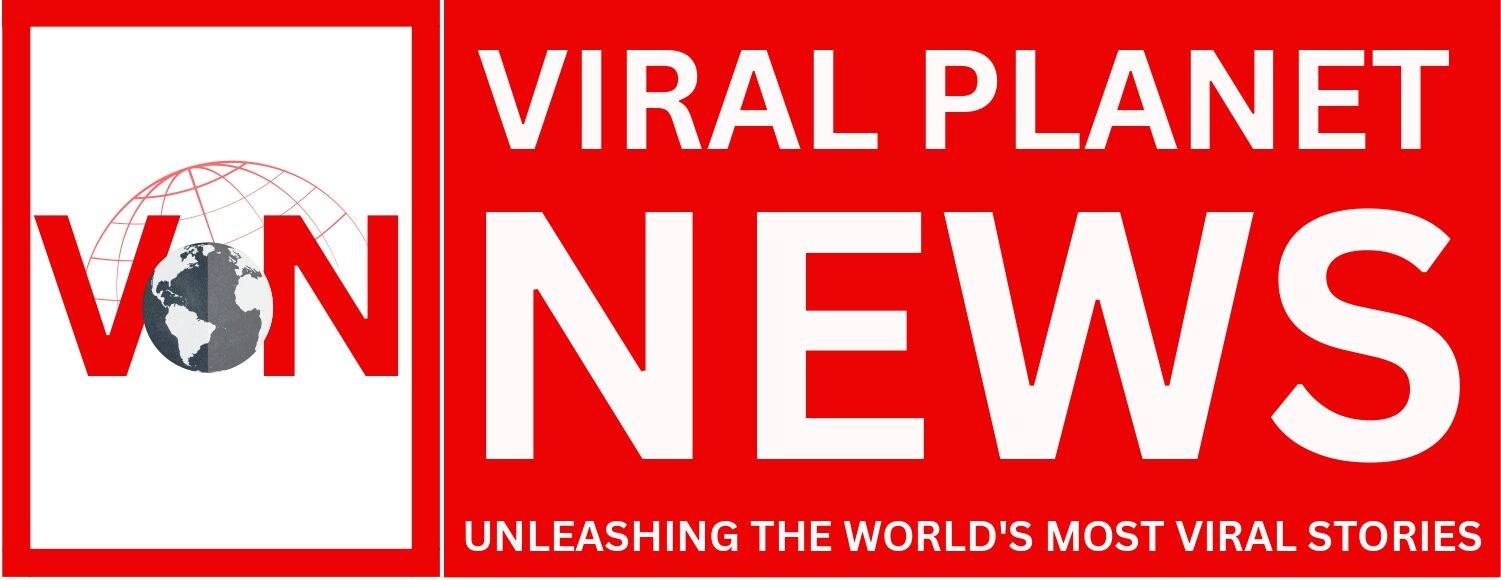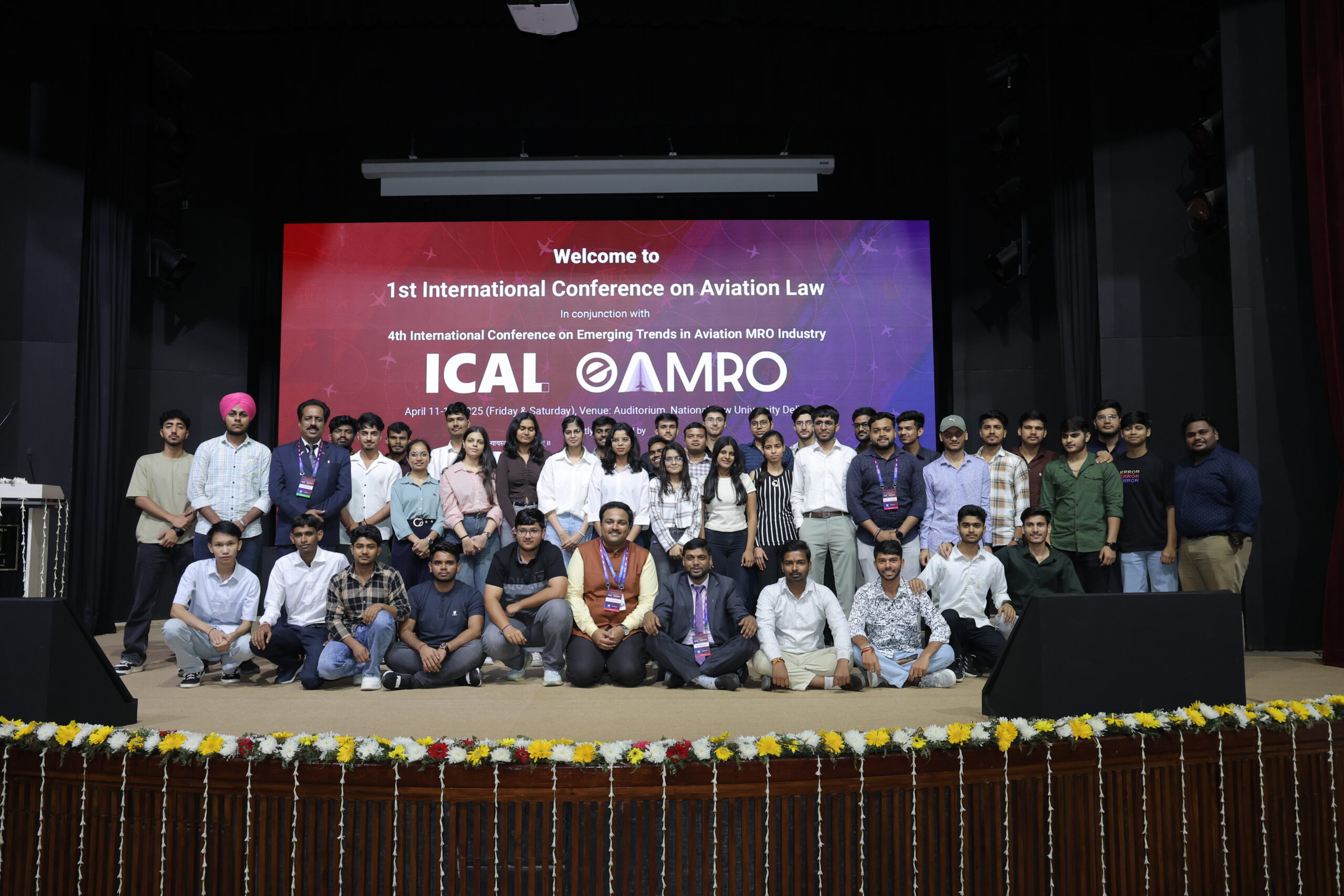By – Prakarsh Kastwar
New Delhi, India – In a significant stride toward strengthening the regulatory and policy landscape of India’s rapidly expanding aviation industry, the fourth edition of the International Conference on Emerging Aviation MRO Trends (EAMRO 2025) concluded in New Delhi. Organized by the Aviakul Group of Companies in collaboration with National Law University (NLU), Delhi, the two-day event marked a historic milestone by combining India’s first international conference on aviation law with a deep dive into the emerging trends in the Maintenance, Repair, and Overhaul (MRO) sector.
The conference saw the participation of top industry experts, legal scholars, policymakers, government officials, international delegates, students, and aviation stakeholders.

Inaugural Ceremony and Welcome Address
The event commenced with a formal lamp lighting ceremony and the presentation of a memento to Hon’ble Justice Prashant Kumar Mishra, who served as the Chief Guest. Prof. (Dr.) G.S. Bajpai, Vice-Chancellor of NLU Delhi, welcomed the dignitaries and highlighted India’s aviation transformation, pointing to the government’s vision of expanding operational airports to 350–400. He emphasized sustainability and innovation through initiatives like UDAN and DigiYatra, and addressed the evolving legal framework under new legislations such as the Aircraft Act, 2024 and the Protection and Interests in Aircraft Objects (PIAO) Bill, 2025.
Dr. Bajpai stressed the conference’s goal of producing a consolidated policy document to be submitted to the Government of India. He also lauded the collaborative efforts of stakeholders like AAI, Aviakul Group, MoCA, and NLU Delhi.

In his keynote, Vaibhav Varun, MD of Aviakul Group, emphasized bridging engineers and lawmakers on a common platform to shape aviation’s future through collaboration.
Justice Mishra reflected on India’s aviation legacy since Tata Airlines in 1932, discussing the human-centric nature of the industry and the need for an adaptive legal system. He referred to foundational laws like the Aircraft Act of 1934 and Aircraft Rules of 1937, and called for aligning with international norms. Justice Mishra addressed emerging legal challenges such as cybersecurity, gender discrimination, data protection, environmental concerns, and global regulatory changes, while underscoring the judiciary’s role in upholding rights and safety in aviation.
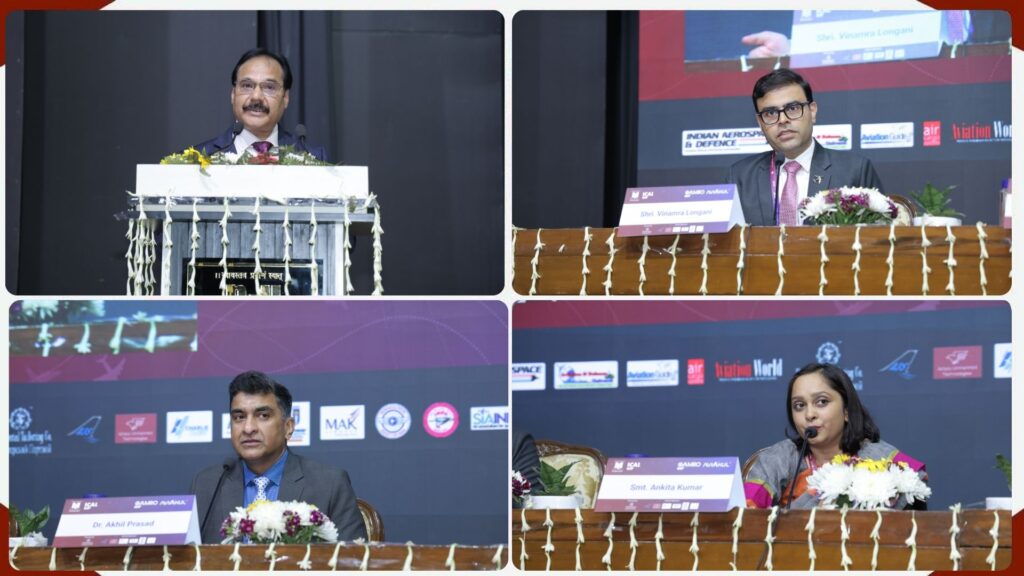
Day 1: Aviation Regulation, Leasing, and Gender Equality
The first panel, themed “Aviation Regulatory Landscape – Challenges and Opportunities,” featured renowned experts such as Prof. (Dr.) G.S. Sachdeva, Prof. (Dr.) Sandipa Bhatt, and Mr. Ajay Kharbanda, moderated by Mr. Ajay Kumar (KLA Legal). Discussions covered passenger liability under Warsaw and Montreal Conventions, gaps in compensation systems, and sensitivities in Indian judicial decisions. Prof. Bhatt elaborated on recent legislative developments and India’s reliance on foreign drone components, urging for a balanced Make in India approach. Mr. Kharbanda addressed financial uncertainties and regulatory ambiguities faced by airports.

The second panel, “India 2047 – A Global Aviation Leasing Hub,” explored India’s potential to become a major leasing ecosystem. Moderated by Mr. Vinmr Longani (SGI Aviation), panelists like Dr. Akhil Prasad (Boeing India), Ankita Kumar (SAM & Co.), and Rishiraj Barua (AZB & Partners) discussed India’s massive aircraft order pipeline (e.g., Indigo – 927 aircraft), the role of GIFT City in localized financing, and the need for tax clarity, banking reforms, and Cape Town Convention implementation.
The third panel, “Gendered Skies: Addressing Gender Inequality in Aviation,” moderated by Richa Sharma (Women Collective Forum), brought forth global gender equity efforts and the challenges women face in aviation roles. Dr. Andrea Trimarchi noted that women’s participation has risen only 0.4% since 2016. DGCA’s 2025 target of 25% female representation was critically evaluated. Panelists like Sunita Dutta, Poonam Chawla, and Riya Soni called for inclusive hiring practices, training in technical roles, and a re-evaluation of gender-neutral policies that perpetuate inequalities.
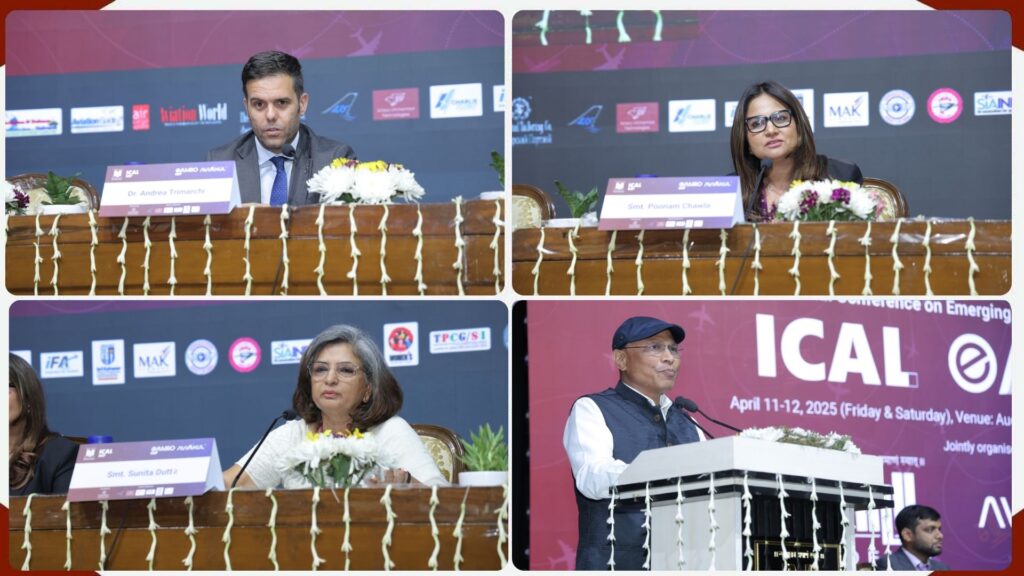
The day concluded with academic paper presentations by researchers and students, covering themes such as investment, leasing, sustainability, legal advancements, and gender equity in aviation. Distinguished chairs included Dr. Siddharth Singh (Bennett University), Aditya Variyath (OISD), and Prof. Paul Ng (National University of Singapore), among others. Honoring the speakers were Dr. Garima Tiwari and Dr. Kheinkhor Lammare from NLU Delhi.
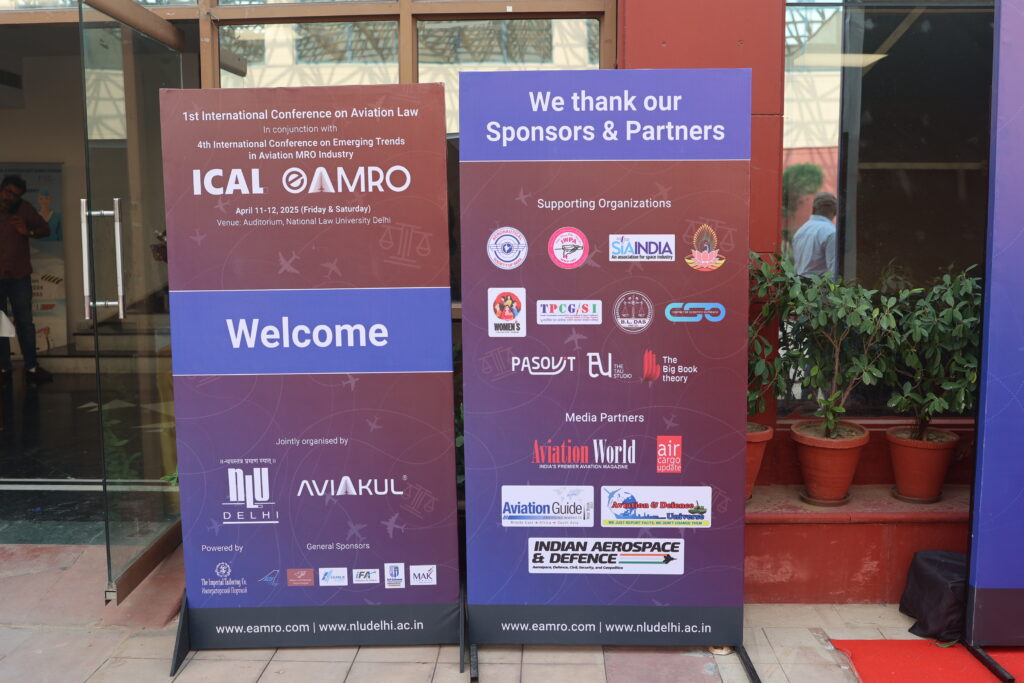
Day 2: Focus on the Emerging MRO Sector
Day 2 focused exclusively on MRO (Maintenance, Repair, and Overhaul) and its growing significance in India. The day began with felicitation of Prof. (Dr.) G.S. Bajpai by Mr. Vaibhav Varun, who then honored Group Captain GVG Yugandhar.
In his keynote, Captain Yugandhar noted that although India operates over 2,000 aircraft, its share in the global MRO market remains below 1%. Despite India’s talent and manpower, he stressed the need for urgency, collaboration over competition, and India’s adherence to IP laws and global standards under the spirit of Vasudhaiva Kutumbakam.

The panel on “Engine MRO: Challenges and The Way Forward,” led by Col. (Retd.) K.V. Kuber, featured experts like Ashok Gopinath (GMR Aero Technic), Ashwini Acharya (Indamer Technics), Jitendra Gawankar (Safran India), and R.S. Thakur (AIESL). Panelists highlighted India’s missed opportunities, urgent need for FDI and policy support, and the country’s projected requirement of 3,500–4,000 engines.
Gawankar discussed Safran’s partnerships with HAL and DRDO, and expanding MSME involvement in propulsion and defense electronics. Thakur showcased AIESL’s wide footprint, with 18+ approvals and growing demand projected to hit $4 billion by 2031.
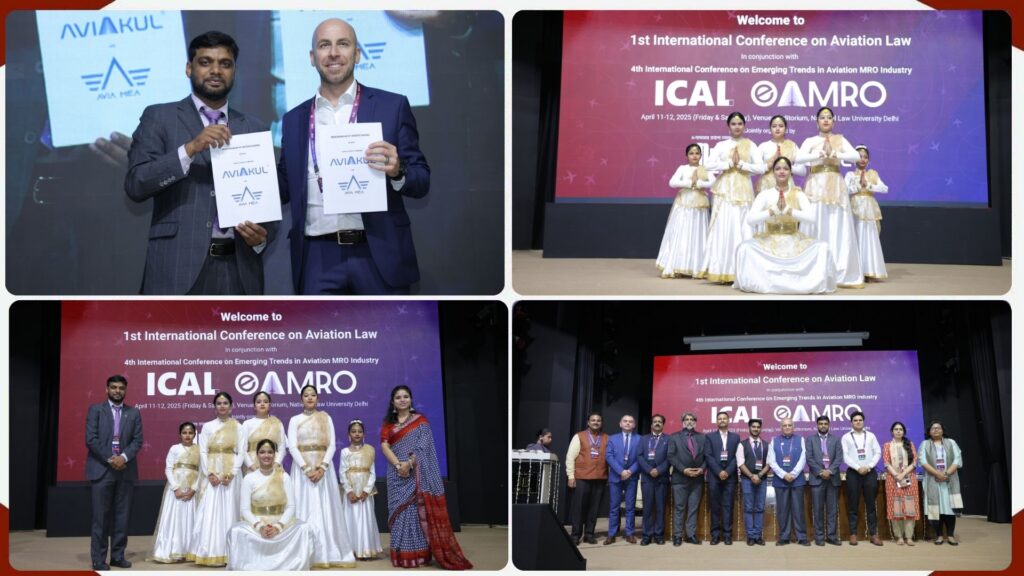
Common concerns included lack of skilled workforce, limited OEM tech access, high infrastructure and training costs, absence of a national engine policy, and regulatory barriers like data sovereignty. Col. Kuber called for India to leapfrog into becoming a global MRO hub, not just evolve incrementally, emphasizing the need for 2–3 major MRO clusters with clear roadmaps and academic-industry-policy coordination.
Conclusion
EAMRO 2025 concluded on a high note, reinforcing India’s commitment to becoming a global aviation and MRO leader. The conference delivered actionable insights on aviation law, leasing, sustainability, gender inclusivity, and technical advancement. With collaboration across stakeholders, India is poised to take flight toward a robust, inclusive, and legally sound aviation future.
